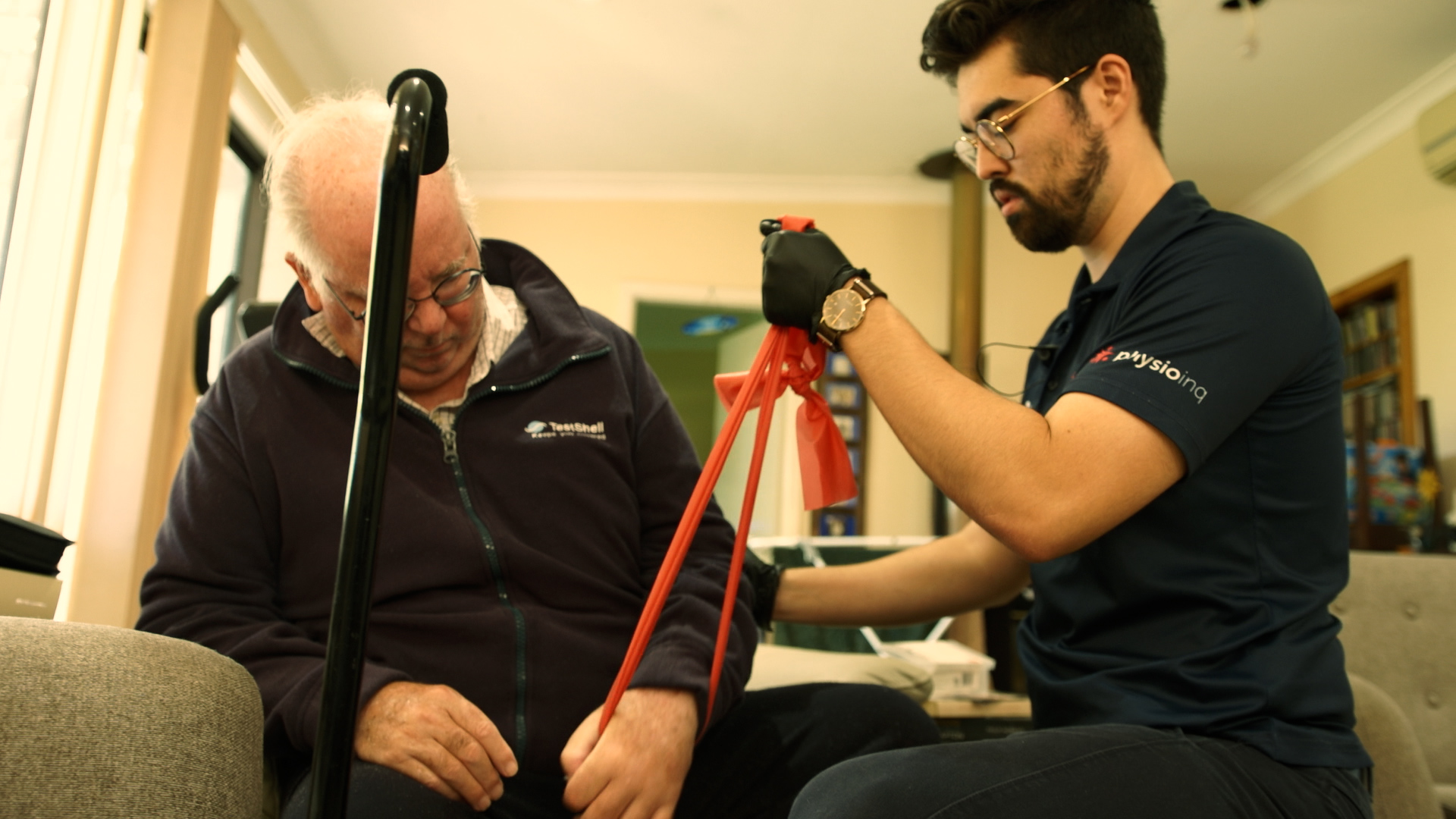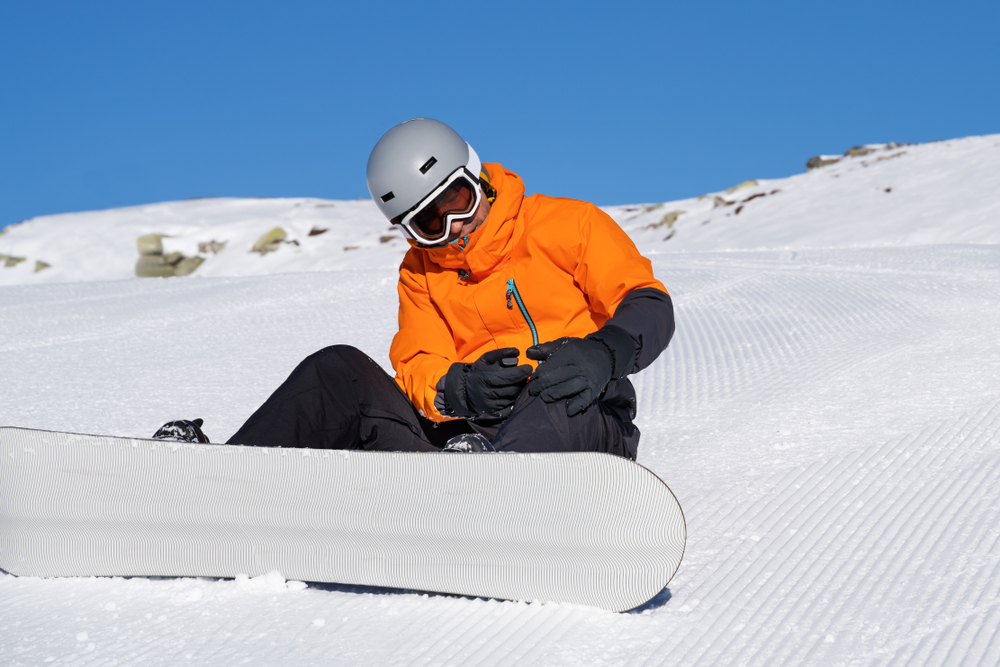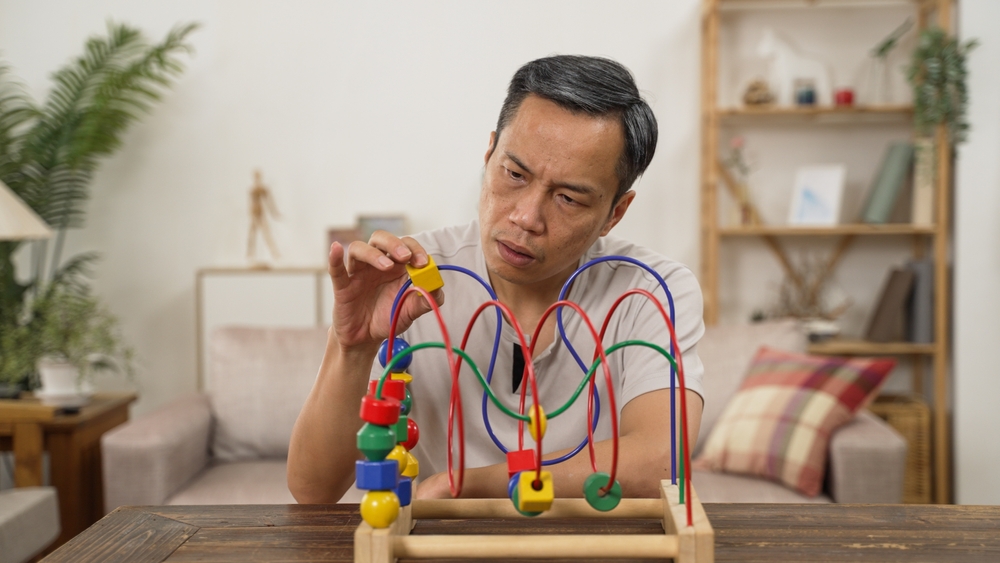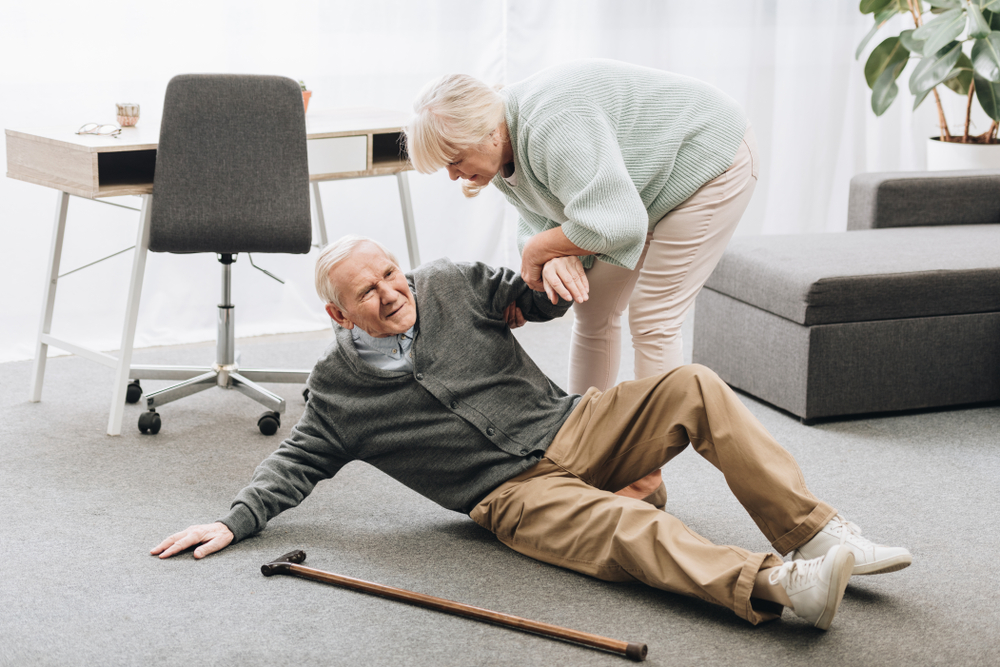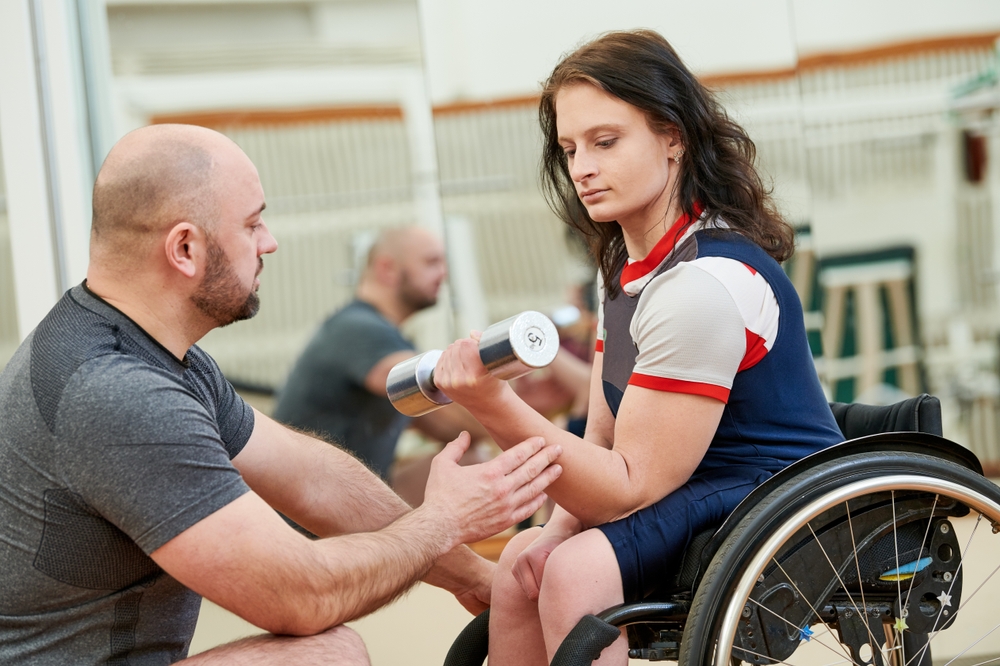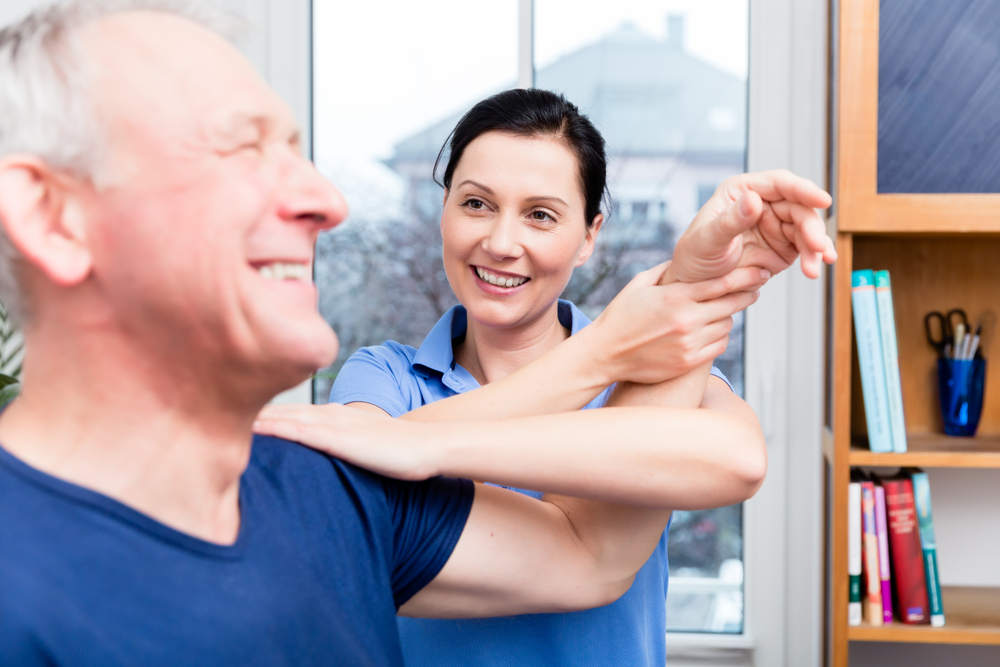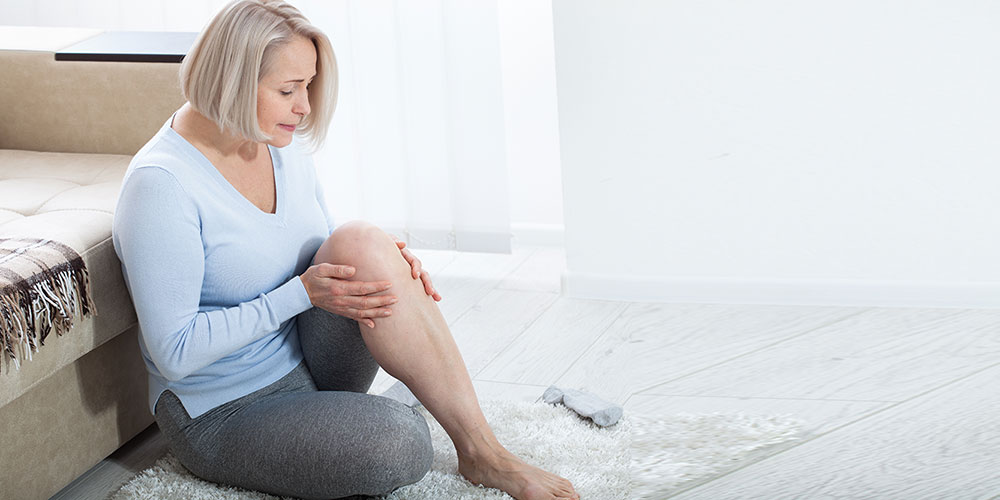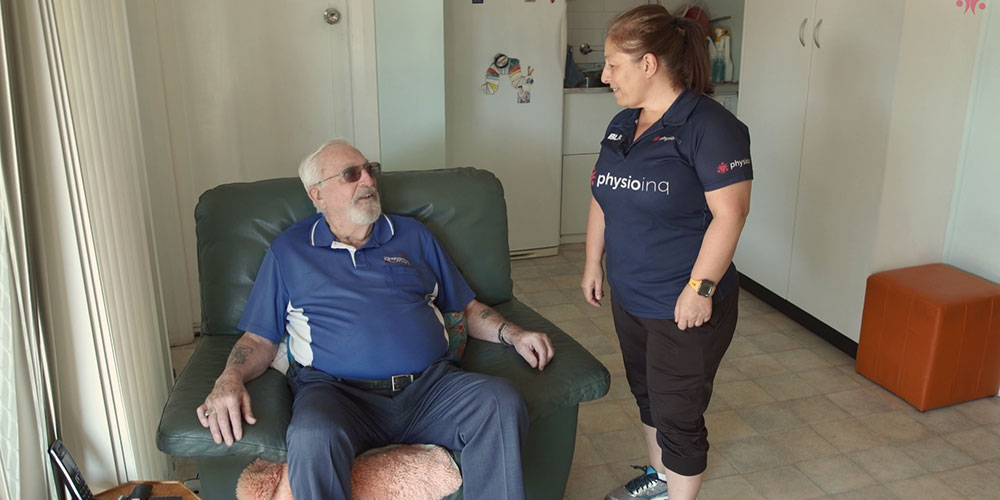Make an Appointment
Aside from what its name suggests, runner’s knee isn’t an injury isolated to runners. In fact, it’s actually not a specific injury at all. Confusing - we know.
To set things straight, here, we’re going over what runner’s knee actually is, what its symptoms are, and how to get rid of it. Let’s get into it!
What is Runner’s Knee?
Runner’s knee is an umbrella term that describes a handful of knee problems. Other names for runner’s knee are patellofemoral pain syndrome or knee-tracking syndrome. Essentially, the pain associated with runner’s is caused when your kneecap is unable to properly track within its groove called the trochlea.
Although we now know that runner’s knee isn’t only associated with runners, it is common among runners. That’s because runners are adding a heavy load to their knee joints while they’re in the flexed, or bent, position.
Other causes of runner’s knee include:
- Overuse
- A direct hit to the knee
- Malalignment
- Feet problems
- Weak or unbalanced thigh muscles
- Chondromalacia patella (the breakdown of the cartilage under your kneecap)
So, as you can see, runners, again, aren’t the only ones at risk. Gym rats, office workers, and regular exercise goers are just a few examples of others who might also experience runner’s knee symptoms.
Runner’s Knee Pain Symptoms
Unfortunately, pain is the main symptom of runner’s knee. It’s often a dull pain and it usually comes on when your knee is in use. With runner’s knee, in general, you may notice:
- Pain in the front of (most common), around, or behind your kneecap
- Pain when you bend your knee to walk, squat, sit down, kneel, run, or stand up
- Worsening pain when you walk downstairs or downhill
Other symptoms, although uncommon, include swelling around your knee, a popping sound coming from your knee, or the feeling that your knee is grinding.
If you’re experiencing any of these symptoms get in contact with your local Physiotherapist. Your physio will complete a thorough examination and they’ll work with you to build a personalised runner’s knee treatment plan.
How to Get Rid of Runner’s Knee Pain
So hopefully you’ve made some time to see your Physiotherapist but here are a few things you can do to help manage your runner’s knee pain.
- Rest your knee as much as possible.
- Ice your knee for 20-30 minutes every 3-4 hours for 2-3 days or until the pain subsides.
- Wrap your knee using an elastic bandage or sleeve for added support.
- While sitting or lying down, elevate your knee.
- Take an anti-inflammatory medication such as ibuprofen to reduce pain and swelling.
- If the problem is in your feet, try arch supports in your shoes.
At your physiotherapy appointment, you’ll perform runner’s knee exercises to help reduce pain and treat the issue at its source. Although it may seem counterintuitive, instead of runner’s knee stretches, you’ll often be performing strengthening exercises to reduce the pain in your knee.
We mentioned briefly that runner’s knee could be caused by weak thigh muscles (also known as the quadriceps), poor alignment, and from muscle imbalances in the body. So, these are going to be the main focal points of your physiotherapy sessions to treat your runner’s knee.
Quadriceps Strengthening
Lying down with your leg straight, place a rolled-up towel or paper towel roll under your knee. By activating your quadriceps, press your knee into the towel. Hold for 5 seconds, release, and repeat.
Source: Michigan Medicine
Straight Leg Raises
Lie on your back with one knee bent and the other straight. With the straight leg, tighten your quad and lift your leg about 30 centimeters off the ground. Hold it in the air for a few seconds before gently lowering back down to repeat.
Source: Michigan Medicine
Clam Shell
Lie on your side with both knees bent. Activate your abdominals and lift the top knee (keeping your feet together) toward the ceiling, like a clamshell. Hold for a few seconds before slowly lowering to repeat.
Source: Tangelo - Seattle Chiropractor + Rehab
Bridge
Lie on your back with your knees bent and feet on the floor. Keeping your knees in line with your ankles, press into your feet to lift your hips. Slowly lower back down and repeat.
Source: Mayo Clinic
Plyometrics
Plyometrics can help rebalance your muscle groups. By starting off with exercises that use both legs at once (jump squats), your physio will eventually help you transition to single-foot exercises using the correct form to, hopefully, prevent your runner’s knee from returning.
Please consult with your Physiotherapist before you attempt any of these plyometric box exercises in the below video.
Source: Critical Bench
Advanced Balance Exercises
To help with knee stability, your physio is likely to also work with you on advanced balancing exercises. You might try single-leg stances like the yoga pose known as warrior three or you might be working with destabilisers like a Bosu ball.
Source: bealoveyoga
Runner’s Knee Exercises to Avoid
Now that we’ve talked about runner’s knee exercises that can help, let’s talk about the one’s you should certainly avoid.
First of all, you’ll want to avoid overuse of your knees. That often means you may need to rest more than you’re used to.
You’ll also need to avoid putting excessive stress on your knees. That means, don’t do exercises that put a load on your knee when it’s already bent. This is what causes runner’s knee in the first place, so it’s important to avoid it when treating the issue.
The two most common exercises (besides running) that you’ll want to avoid with runner’s knee are:
- Leg press machines
- Squats and deep knee bends
The good news is, almost everything else is relatively safe and actually encouraged.
Need some assistance figuring out what’s safe (and what’s not so safe) when dealing with runner’s knee. Contact our physiotherapists today. Our mobile services come to you or you can visit us at any of our convenient locations throughout Australia.
Date Published: Monday, July 13, 2020
Locate a Mobile Exercise Physiology
Service Near me
Get the experience & convinence you deserve to support your or a loved one's allied health needs.
Our Mobile Exercise Physiology team are currently serving & taking appointments in the following states and regions in Australia:
New South Wales
- Blacktown
- Blue Mountains
- Campbelltown And Macarthur
- Canterbury-Bankstown
- Central Coast
- Eastern Suburbs Sydney
- Georges River
- Hawkesbury
- Inner East Sydney
- Inner West Sydney
- Lower North Shore
- Newcastle
- Northern Beaches
- North Sydney
- Parramatta
- Penrith
- South West Sydney
- Sutherland Shire
- Sydney CBD
- The Hills Shire
- Upper North Shore
- Waverley
- Wollongong
Tasmania
Victoria
Need to get into direct contact with ur Client Services team? We're all ears. Call our team directly on 1300 731 733


